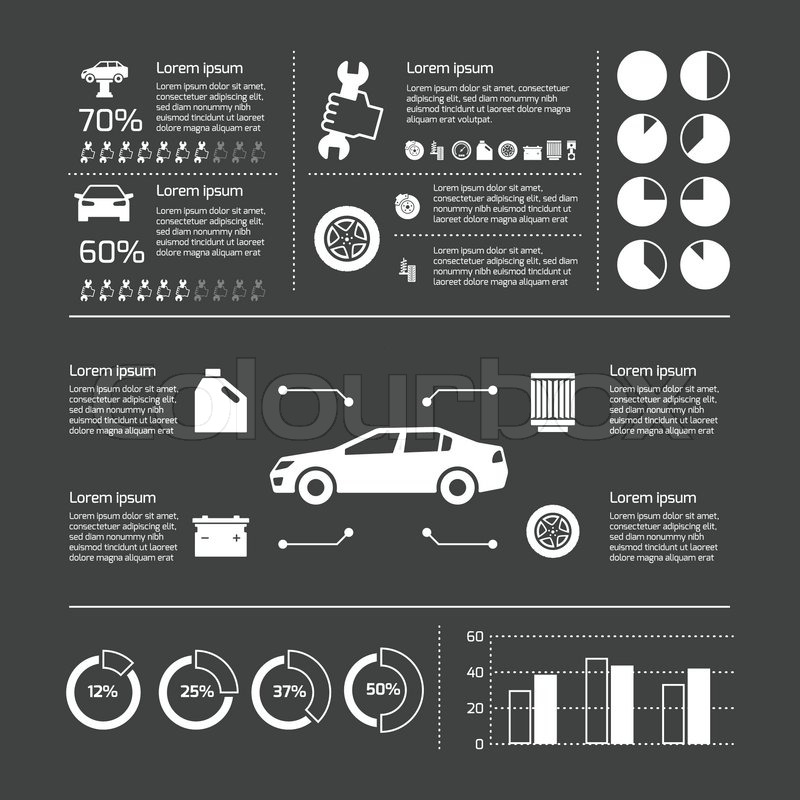Understanding The Value Of Your Auto'S Warning Signals: What They In Fact Stand For
Understanding The Value Of Your Auto'S Warning Signals: What They In Fact Stand For
Blog Article
Developed By-Hartley Torres
When you lag the wheel, those glowing warning lights on your dashboard can be a little bit perplexing. Do you know what they're trying to tell you about your cars and truck's health? Comprehending the significance of these lights is crucial for your safety and the durability of your automobile. So, the following time one of those lights turns up, would not you want to decode its message accurately and take the needed steps to resolve it?
Common Warning Lights and Interpretations
Identify common warning lights in your auto and comprehend their definitions to ensure safe driving.
The most normal warning lights consist of the check engine light, which signifies concerns with the engine or discharges system. If this light comes on, it's crucial to have your vehicle inspected immediately.
The oil stress advising light suggests low oil pressure, needing prompt attention to avoid engine damages.
A flashing battery light could recommend a malfunctioning billing system, potentially leaving you stranded if not dealt with.
The tire pressure tracking system (TPMS) light notifies you to low tire pressure, impacting lorry stability and fuel effectiveness. Overlooking this might result in risky driving conditions.
The ABS light shows an issue with the anti-lock braking system, compromising your capacity to stop rapidly in emergencies.
Lastly, the coolant temperature advising light warns of engine overheating, which can result in severe damages if not fixed quickly.
Understanding these usual caution lights will aid you attend to concerns promptly and keep secure driving conditions.
Significance of Prompt Interest
Understanding the typical warning lights in your vehicle is only the initial step; the significance of promptly attending to these cautions can not be stressed enough to ensure your safety and security when traveling.
When a caution light brightens on your control panel, it's your automobile's method of communicating a prospective concern that needs attention. Neglecting https://interestingengineering.com/10-of-the-best-youtube-channels-for-keeping-your-car-in-fit-condition can cause extra severe problems in the future, endangering your safety and security and possibly costing you more out of commission.
Motivate attention to warning lights can stop break downs and crashes. For example, a flashing check engine light might show a misfire that, if left ignored, can trigger damage to the catalytic converter. Resolving this promptly can conserve you from a pricey repair.
In canterbury auto detailing , a brake system warning light may signify low brake fluid or used brake pads, vital elements for your safety and security when driving.
Do It Yourself Troubleshooting Tips
If you see a warning light on your dashboard, there are a few DIY fixing tips you can attempt prior to looking for professional assistance.
The first step is to consult your cars and truck's handbook to recognize what the particular warning light indicates. Sometimes car washing near me can be as straightforward as a loosened gas cap triggering the check engine light. Tightening up the gas cap may fix the issue.
Another usual problem is a reduced battery, which can trigger numerous advising lights. Inspecting the battery connections for rust and ensuring they're protected may take care of the issue.
If a warning light continues, you can try resetting it by separating the cars and truck's battery for a few minutes and after that reconnecting it. Additionally, examining your automobile's fluid degrees, such as oil, coolant, and brake fluid, can help fix cautioning lights connected to these systems.
Verdict
Finally, understanding your cars and truck's caution lights is essential for keeping your lorry running efficiently and securely. By quickly addressing these notifies and recognizing what they indicate, you can stay clear of pricey repairs and possible malfunctions.
Keep in mind to consult your auto's guidebook for certain information on each cautioning light and take action appropriately to ensure a trouble-free driving experience.
Keep educated, remain risk-free when driving!
